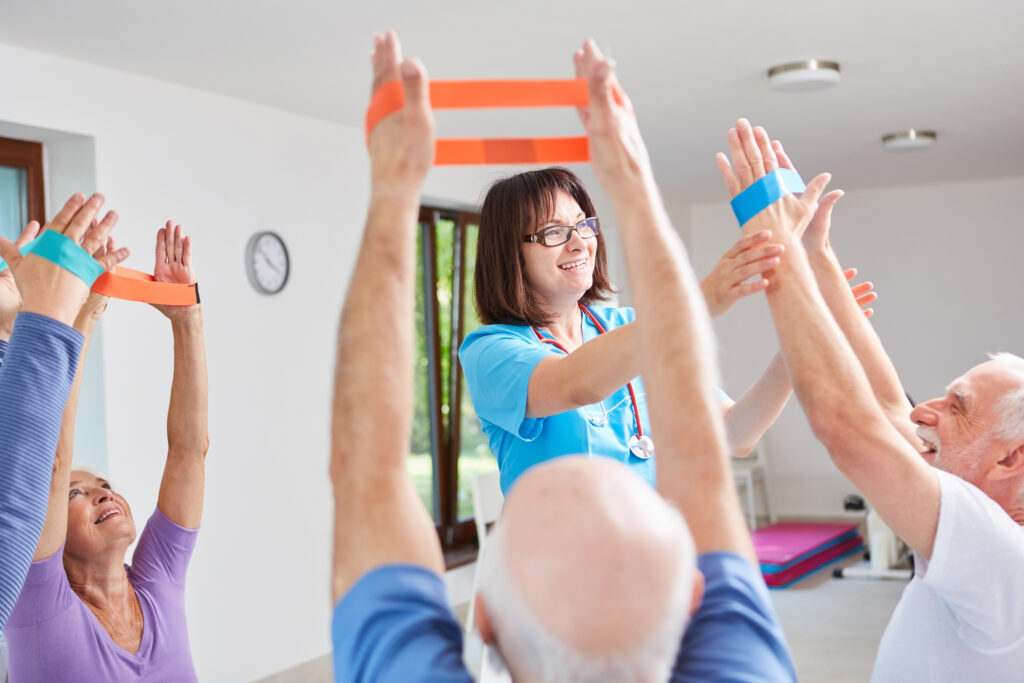The world of therapy offers a vast array of approaches, each with its unique benefits and implementations. Two critical methodologies in mode of therapeutic care are concurrent therapy and group therapy. Understanding the nuances between concurrent therapy vs. group therapy is essential for healthcare providers and patients alike to make informed decisions about their care. This post aims to provide a detailed comparison, shedding light on the specifics of each approach, including concurrent therapy documentation examples.
Introduction

Therapy, in its many forms, plays a crucial role in healthcare, offering support and treatment for a wide range of physical and mental health issues. Concurrent therapy and group therapy are two modes of treatment that, although they may seem similar at first glance, have distinct differences in implementation and objectives. Understanding these can help in selecting the most appropriate form of therapy based on a patient’s unique needs.
Defining Concurrent Therapy and Group Therapy
- Concurrent Therapy: This refers to treating multiple patients at one time with different therapy interventions. For example, a therapist or assistant may be working with one patient on upper extremity therapeutic exercises while working on a therapeutic fine motor activity with another patient simultaneously. Concurrent therapy aims to optimize therapy time and increase efficiency in a healthcare setting.
- Group Therapy: This refers to treating multiple patients at one time with the same therapy intervention. For example, a therapist or assistant may be working with multiple patients simultaneously on upper extremity therapeutic exercises. This method leverages group interaction as part of the therapeutic process, promoting healing through shared experiences and peer support.
Understanding Concurrent Therapy
Concurrent therapy is particularly noted for its efficiency and effectiveness in rehabilitation settings. Group therapy allows patients to increase social interaction, quality of life and prevent isolation.
Definition and Benefits

Concurrent therapy allows therapists to work with multiple patients simultaneously, each performing different tasks. The primary benefit here is improved time management and the ability to deliver intensive therapy within shorter periods. When it comes to concurrent therapy documentation examples, healthcare professionals meticulously record the specifics of each therapy session, including the types of therapies administered concurrently and patient responses to these interventions.
How Concurrent Therapy is Implemented
Implementation involves careful planning where therapists must ensure that the therapies combined do not interfere with each other but instead complement to maximize patient benefit. Proper documentation is critical in concurrent therapy to track progress and make necessary adjustments.
Exploring Group Therapy

Group therapy stands out for its communal approach, emphasizing interaction among participants as a key mechanism for healing.
Definition and Benefits
Group therapy sessions are structured around the collective participation of patients. This approach fosters a sense of belonging and support, as patients gain perspectives from others facing similar challenges.
How Group Therapy is Implemented
Successful group therapy requires skilled facilitators who can nurture a safe and constructive environment for sharing. Sessions may focus on specific topics or more open-ended discussions, but the ultimate goal is to facilitate personal growth and understanding through collective insight.
Differences Between Concurrent and Group Therapy
While both concurrent and group therapy aim to maximize therapeutic efficacy, they differ significantly in approach and application. Concurrent therapy focuses on the efficient delivery of multiple treatment modes within the same session, often with individual attention to patients’ specific needs. On the other hand, group therapy prioritizes the therapeutic value of shared experiences and mutual support among patients.
Key Contrasts in Implementation
The main difference lies in the execution, with concurrent therapy requiring detailed documentation (as seen in concurrent therapy documentation examples) to track the combination of therapies and their outcomes. In contrast, group therapy documentation focuses more on group dynamics, patient interactions, and collective progress.
Effectiveness for Patients
Determining the effectiveness of concurrent therapy vs. group therapy depends heavily on patient needs, treatment goals, and personal preferences. Both methods offer valuable therapeutic benefits, and the choice should align with the individual’s specific healthcare requirements and desired outcomes.
Tips and Strategies for Success
Whether you are conducting a session utilizing concurrent therapy or group therapy it is important to plan ahead. Carefully select patients that work well in a cohesive environment with similar goals. Let the patient know early in the day or the day before you are planning on conducting a group or concurrent session with them as well as other patients. If you work in a hospital or skilled nursing facility, make sure to coordinate with nursing to assure patients are ready for the session at the appropriate time. Coordinate with other disciples, for example, it may be appropriate to spread out an OT group from a PT group in order to the patient not to fatigue in either session. Have an idea for the group in mind, perhaps you have a discharge home group, a cooking group or a therapeutic exercise group depending on the goals of the patient. Most importantly, make it fun! Add music to the group to facilitate group interaction or participation.
Implications of PDGM vs. PDPM on Therapy Services
Recent changes in reimbursement models, such as the Patient-Driven Payment Model (PDPM), have impacted how therapy services, including concurrent and group therapy, are delivered and documented. These models emphasize patient outcomes and the need for tailored, efficient therapy services, further underscoring the importance of choosing the appropriate therapy modality.
Changes in Reimbursement and Service Delivery
PDPM has prompted healthcare providers to reassess their therapy offerings, with a greater focus on documentation and the demonstrable effectiveness of therapy interventions. This has led to refined practices in both concurrent and group therapy, ensuring that patient care remains the top priority.
Impact on Concurrent Therapy Documentation Examples
Concurrent therapy requires precise and comprehensive documentation to meet reimbursement criteria under PDPM. Consequently, healthcare providers have had to adapt their documentation practices, highlighting the necessity for clear, detailed records that reflect the complexity and scope of concurrent therapy sessions.
Conclusion
The comparison between concurrent therapy vs. group therapy reveals two approaches deeply committed to fostering healing and rehabilitation through different methods. The choice to deliver concurrent therapy and/or group therapy should be made based on an individual’s unique healthcare needs, preferences, and the specific goals of treatment. As healthcare continues to evolve, so too will these therapeutic modes of treatment, always with the aim of enhancing patient care and outcomes. Whether through concurrent therapy documentation examples or group therapy success stories, the value and impact of these therapies remain undeniable in the continuum of care. It is essential to continue exploring and improving these methods to benefit patients and enhance their quality of life. Therefore, ongoing research and development in concurrent and group therapy are crucial for further advancements in rehabilitation and healthcare practices. Through continued dedication and commitment, we can ensure that patients receive the best possible care towards achieving optimal results in their journey towards wellness. Let us continue to learn, grow, and innovate in the realm of concurrent and group therapy for the betterment of all individuals seeking treatment. The journey towards healing is ongoing, and through these therapeutic modalities, we can pave the way for a brighter future for patients and healthcare professionals alike. Let us embrace this journey together.
